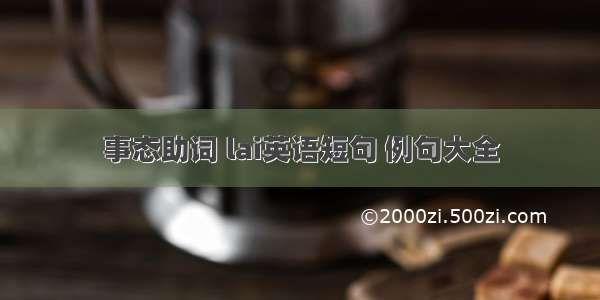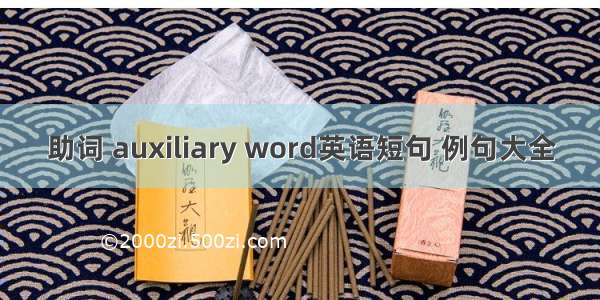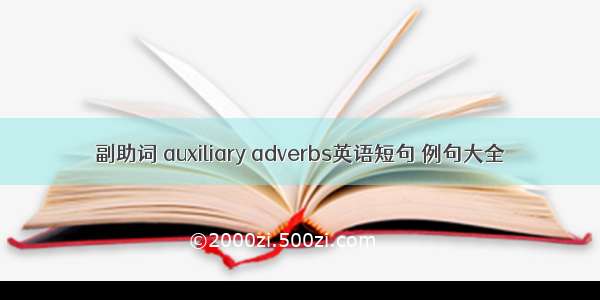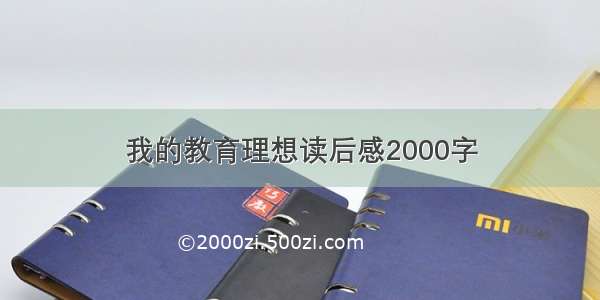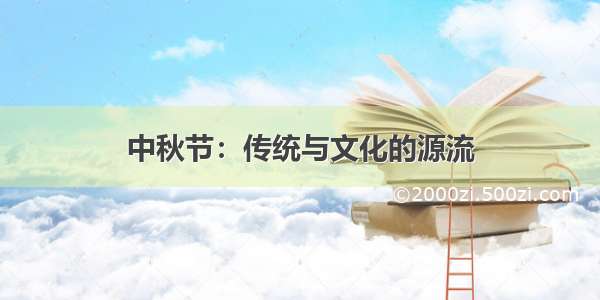
句末助词,sentence-final particle
1)sentence-final particle句末助词
1.Thesentence-final particle va in Shanghai dialect is a marker for yes-no questions.上海话的句末助词"(口伐)"用来构成是非问句。
2.This paperdiscussesvariousgrammaticalpropertiesof theparticlesininCantonese interrogatives through a syntactic approach and proposes that sin is asentence-final particle conveying mood.本文从句法学的角度探讨粤语疑问句末加强语气的"先"的语法特点,并且提出证据支持句末助词的分析。
英文短句/例句
1.A Study on the Evolution of the Sentence-final Lai(Laizhe);句末助词“来(来着)”的演变研究
2.A Typological Investigation of the Auxiliary Word "zai (在)" at the End of Sentence in Chinese Dialects and the Study on Its Origin;汉语方言句末助词“在”的类型学考察及历时探源
3.Changes in the Method and Function of Intonational Postpositional Particle “ ye ”;句末语气助词“也”的意义及其流变
4.On Anhui Yingshang in Dialect at the End of Sentence Particles Indicating Mood "Lai"安徽颍上方言中的句末语气助词“徕”
5.The Effects of the Cantonese Final Particles on the Sentence Predication广州话句末语气助词对句子表述性的作用
6.A yes/ no question is made by adding the interrogative particle“吗” at the end of a declarative sentence. The sentence pattern is: Declaretive sentence+“吗”?在陈述句的末尾加上表示疑问语气的助词“吗”,就构成了是非问句。句型是:陈述句+?
7.Research in Auxiliary Words Indicating Mood at the Beginning and Middle of Sentences in Shangshu (尚书);《尚书》句首句中语助词研究的几点认识
8.On Weakness of Negative Word at the End of VP-neg Interrogative Sentence in the Chinese Language of the Middle Ancient Times;中古汉语VP-neg式疑问句句末否定词的虚化问题
9.On the Selectivity of Modal Particles in Imperative Sentences in Modern Chinese;现代汉语祈使句句末语气词选择性研究
10.Semantic Explanation of the Concurrence of Modal Particles in the Analects of Yangtze《扬子法言》中句末连用语气词汇释
11.“yes/no” questions begin with an auxiliary or a modal.一般疑问句以助动词或情态动词开头。
12.Syntactical Uniformity between Modal Verbs and Auxiliaries;情态动词与助动词在句法中的同一性
13.The Complement and the Tense Auxiliary Word in Baziju and Their Wanju Function;“把”字句中的补语、时态助词及其完句作用
14.It shove here as an auxiliary verb, as in sentence 4.2a.就像在句子4.2a一样,它在这儿做助动词。
15.On syntax and semantics of the auxiliary verb "Neng" in Lun Heng;《论衡》中助动词“能”的句法和语义
16.Discriminating relation semanteme of auxiliary word " " in Japanese passive sentence;日语被动句中助词“に”的关系语义辨析
17.Use the rising tone when you come to the word"~". Use the falling tone when you come to the end of the sentence.读到"~"这个词时用升调;读到句末时用降调。
18.Regarding Whether Yi (抑) and Zhi(执) of Oracle Inscriptions of the Shang Dynasty (商) are Modal Particles at the End of the Sentence;关于卜辞中“抑”和“执”是否句末语气词的问题
相关短句/例句
auxiliary word "zhe"at the end of the sentence句末助词"着"
3)auxiliary word of mood "ne" at the end of the sentence句末语气助词"呢"
4)On the Clause Final Particle Zai(在)说句末助词"在"
5)utterance-final particle句末虚词
6)sentence final particle句尾助词
1.Contrastive studies and statistical analysis of the two English versions of Luo Tuo Xiang Zi reveal that(1) Chinesesentence final particle le is not an aspect marker;(2) temporal features of the predicate within the scope ofsentence final particle le may influence the translator s reproduction of the sentence.以《骆驼祥子》两种英文译本为语言材料的翻译数据统计和比较分析表明:(1)句尾助词“了”并非“体”的标志;(2)在“状态的变化”解释不充分的语境中,必须考虑句尾助词“了”前的谓词的时间特征。
2."Boundary" is the key feature ofsentence final particle le, whose function is to manifest a "change of state"."界"是句尾助词"了"的核心意义,其功能是表示"状态的变化"。
延伸阅读
孤鸾 前段末句少一字【诗文】:虾须初揭。正社日停针,窗风鸣铁。懒自梳妆,乱挽鬟儿非滑。追想昨宵瞥见,有多少、动情谁说。枉在屏风背后,立歪罗袜。听玉人言去苦难泄。任树上黄莺叹离别。强欲排余恨,反寸肠悲裂。试使侍儿挽住,想未离、画桥东折。传道行踪已远,但垂杨烟结。【注释】:【出处】:

